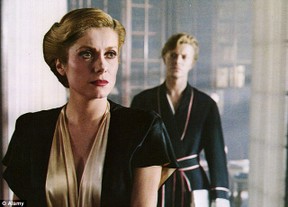 When Miriam met John, in 18th century France, she told him that he would live forever. As a half-human, half-vampire hybrid, he survived two centuries at her side, drinking the blood of their victims.
When Miriam met John, in 18th century France, she told him that he would live forever. As a half-human, half-vampire hybrid, he survived two centuries at her side, drinking the blood of their victims.
But during the 1980s, in New York City, John discovers that Miriam didn't tell him the whole truth. When he begins aging the process is rapid. From young man to old man in a matter of hours.
It finally occurs to him to ask, if he cannot die, then what happened to her previous lovers and companions? She grieves for them. She misses them. They too once aged rapidly, as he's doing now. So where are they?
The answer is horrific. More horrific the more you ponder it. Miriam weeps for them all.
A solution may lie in 20th century medicine. Dr Sarah Roberts has become a semi-celebrity for her work on blood and aging. Plastered all over the television and publishing books on the subject, there is ample opportunity for her to catch the attention of both Miriam and John.
Can she save John in time? Or will Miriam drag her more fully into their world instead? Because Miriam cannot be alone. She's a vampire who was born when Egypt was still young. She'd get lonely, if she had to go on without a companion, whatever the cost.



 When Miriam met John, in 18th century France, she told him that he would live forever. As a half-human, half-vampire hybrid, he survived two centuries at her side, drinking the blood of their victims.
When Miriam met John, in 18th century France, she told him that he would live forever. As a half-human, half-vampire hybrid, he survived two centuries at her side, drinking the blood of their victims.

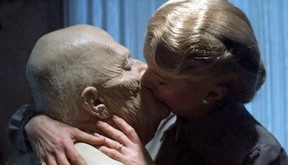 Some of the metaphors in The Hunger are so in your face, that you feel slapped by them.
Some of the metaphors in The Hunger are so in your face, that you feel slapped by them. 

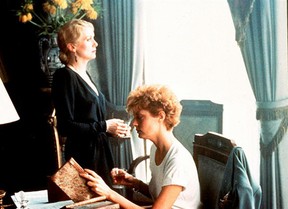 The Bechdel Test asks that two (or more) named female characters have a conversation, which isn't about a male character. The Hunger passes hands down.
The Bechdel Test asks that two (or more) named female characters have a conversation, which isn't about a male character. The Hunger passes hands down.



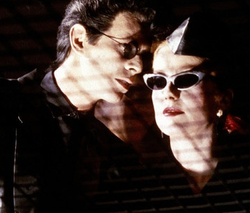

 St Tydecho's Churches in West Waleson 09/03/2014
St Tydecho's Churches in West Waleson 09/03/2014
 Goodies for an Outlander Premiere Partyon 03/06/2015
Goodies for an Outlander Premiere Partyon 03/06/2015
 Holocaust Memorial Day Interview with Rainer Höss, Grandson of Rudolf Architect of Auschwitzon 01/24/2015
Holocaust Memorial Day Interview with Rainer Höss, Grandson of Rudolf Architect of Auschwitzon 01/24/2015
 Romantic Valentine Gifts for an Outlander Fanon 01/16/2015
Romantic Valentine Gifts for an Outlander Fanon 01/16/2015

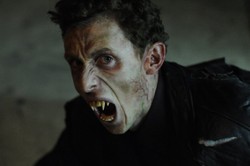
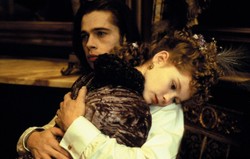
Comments
Yes, I can see how well that would work. I'll look out for that movie, thank you. :)
Yes. It's a bit old. Made it back in 1995. Vampirism works mostly as a metaphor for drug addiction, with a mixture of (a little bit pretentious) philosophical pans and it takes place in modern day New York. Worths a watch.
it's a subtle touch, but there nonetheless. I haven't seen the Abel Ferrara movie. Is that another vampire one, which somehow skipped my radar?
It's been many years since I watched 'The Hunger' and back then I did like the movie. Especially the visuals and its stylized form. I think, though, I missed the references to AIDS or simply didn't pay a lot of attention. Perhaps the references weren't so explicit as in Abel Ferrara's 'The Addiction', for example. Thanks for the review. I guess it's about time I watched this again.
This was the early '89s. It was more an excuse for women-on-women scenes, under the veneer of being right-on about gay rights. :)
Wow, very risque!
I'd call this movie many things, but a mess isn't one of them. If anything, it was over-polished. What else has Tony Scott done? I'm more familiar with Ridley.